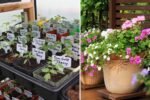Join on WhatsApp
Get the latest updates directly on WhatsApp – motivation, news & more!
Bell peppers are a vibrant, flavorful addition to any garden or kitchen. Known for their sweet taste and crunchy texture, they are a staple in many dishes. The good news is that with the right techniques, you can grow and harvest bell peppers year-round, whether you’re in a warm climate or need to grow them indoors. In this guide, we’ll walk you through everything you need to know about growing and harvesting bell peppers throughout the year.
Understanding Bell Peppers
Before diving into how to grow and harvest bell peppers, it’s important to understand a few basic facts about them. Bell peppers (Capsicum annuum) are warm-season vegetables that thrive in temperatures ranging from 65°F to 85°F. They are relatively easy to grow but need a lot of sunlight and a long growing season to fully mature. They come in a variety of colors, including green, yellow, orange, red, and even purple or brown.
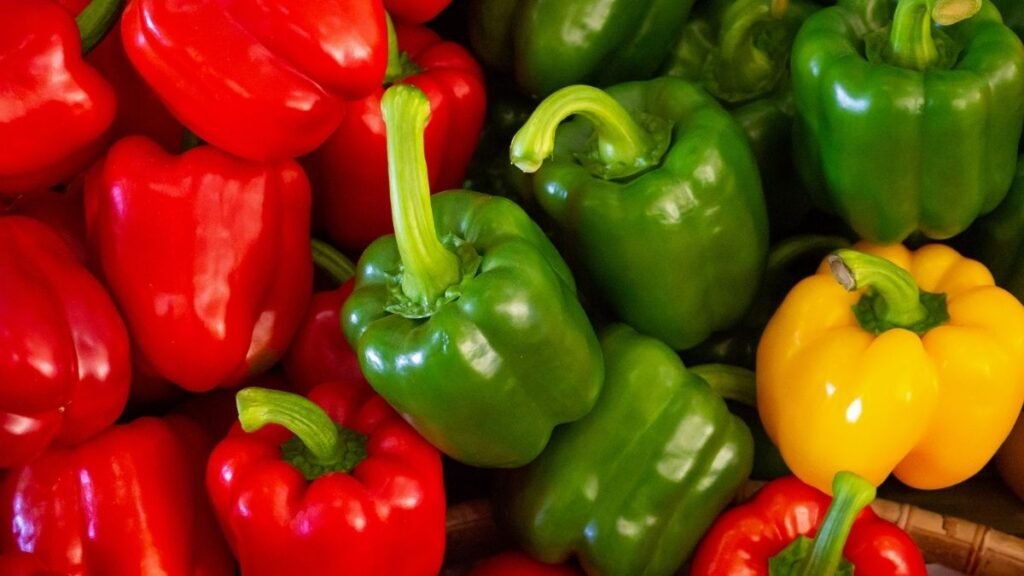
While bell peppers are typically grown in the warmer months, with proper care and attention, you can create an environment that allows for year-round harvesting.
Growing Bell Peppers Year-Round
If you live in a region with cold winters or inconsistent weather, growing bell peppers indoors is a great option. Indoor growing allows you to control the temperature, humidity, and light conditions, which are essential for a continuous harvest.
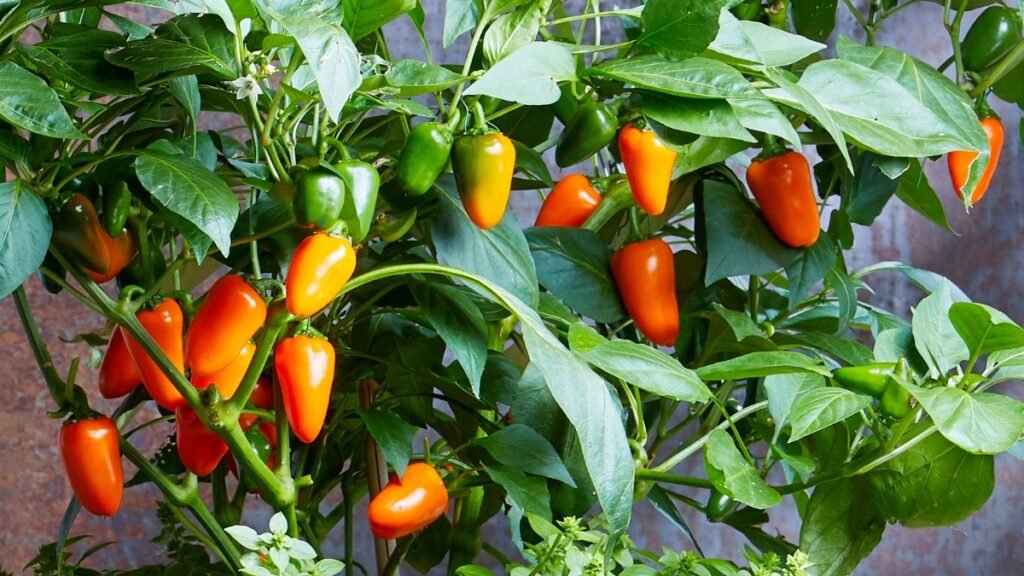
1. Choosing the Right Containers
Start by selecting large enough containers to accommodate the root system of the bell pepper plants. A 3 to 5-gallon pot should suffice for each plant. Ensure the containers have drainage holes to prevent waterlogging, which can lead to root rot.
2. Soil Preparation
Bell peppers need well-draining soil that is rich in nutrients. Use a high-quality potting mix, and consider adding compost or organic matter to improve the soil’s fertility. A slightly acidic soil with a pH of 6.0 to 7.0 is ideal for bell peppers.
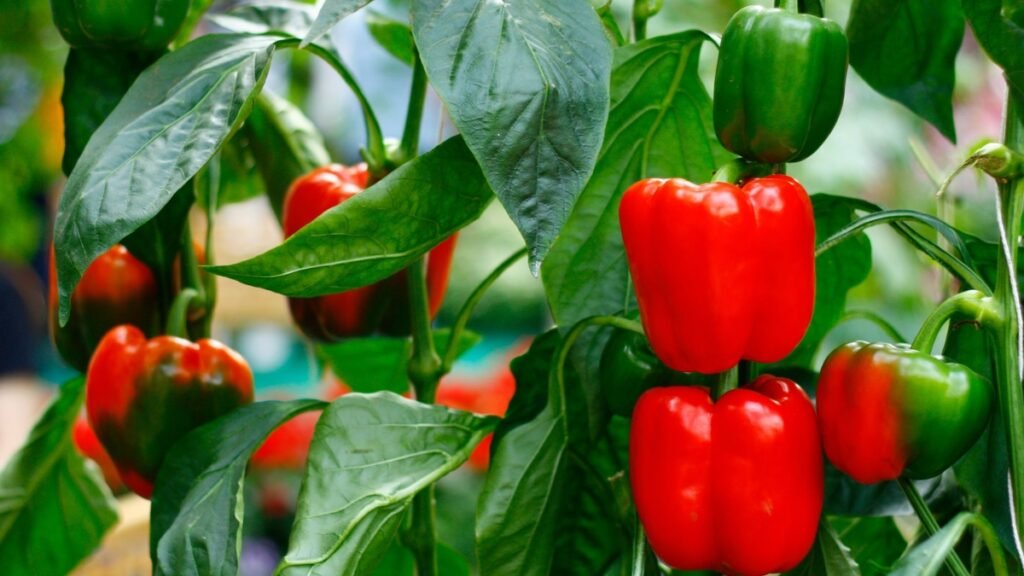
3. Light Requirements
Bell peppers need a lot of sunlight to grow properly. Ideally, they should receive at least 12 to 16 hours of light each day. If you’re growing peppers indoors, you may need to invest in grow lights to supplement natural sunlight, especially during the winter months when daylight is limited. LED grow lights or fluorescent grow lights work well for this purpose.
4. Temperature and Humidity Control
Bell peppers thrive in warm temperatures, so maintaining a consistent temperature between 65°F and 80°F is crucial. If your indoor space tends to be cool, consider using a space heater or placing the plants near a heat source. Bell peppers also prefer moderate humidity levels, around 50% to 60%. If the air is too dry, misting the plants or using a humidifier can help.
5. Watering and Fertilization
Water the plants regularly to keep the soil consistently moist but not soggy. Bell peppers are sensitive to overwatering, so it’s important to allow the soil to dry out slightly between waterings. Use a balanced fertilizer every 4 to 6 weeks to provide essential nutrients.
Outdoor Growing for Year-Round Harvest
If you live in a region with a warm climate or are growing bell peppers outdoors in a greenhouse, you can extend the growing season by using certain techniques.
1. Selecting the Right Variety
Some bell pepper varieties are better suited to year-round growing than others. Choose varieties that have a shorter growing season, such as compact or dwarf types, which can mature more quickly and produce more frequent harvests. Consider hybrid varieties that are specifically bred to resist disease and adapt to varying growing conditions.
2. Greenhouse Growing
A greenhouse is an excellent solution for growing bell peppers year-round in regions with cold winters or unpredictable weather. It provides a controlled environment where you can regulate temperature, humidity, and light. Greenhouses can help extend the growing season by protecting plants from frost and harsh winds, allowing you to harvest peppers even in winter.
If you don’t have a full greenhouse, you can also use smaller structures like hoop houses or cold frames to create a microclimate that supports bell pepper growth during the cooler months.
3. Outdoor Season Extension Techniques
For those growing bell peppers outdoors in temperate climates, season extension techniques can make a big difference. Using row covers or cloches to protect your plants from early frost and chilly nights can prolong the growing season. In some cases, adding a layer of mulch around the base of the plants can help retain heat in the soil, which is particularly beneficial during cooler weather.
Harvesting Bell Peppers
Once your bell peppers have reached maturity, it’s time to harvest them. But how do you know when they’re ready?
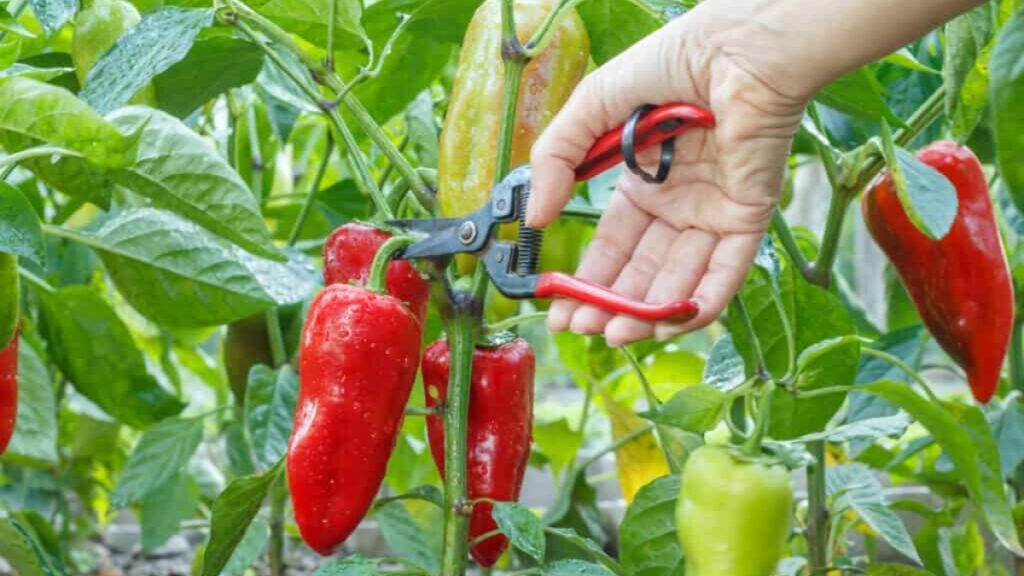
Timing the Harvest
Bell peppers typically take 60 to 90 days to mature from seed, depending on the variety and growing conditions. The best way to know when to harvest is by observing the color change. Green bell peppers are actually immature, and they will change color as they ripen. Depending on the variety, they may turn yellow, orange, red, or even purple.
If you prefer green bell peppers, you can harvest them early, but allow them to ripen fully for a sweeter, more flavorful taste. Harvest bell peppers when they have reached their full color, and the skin feels firm and smooth.
How to Harvest
To harvest bell peppers, use a sharp knife or scissors to cut the fruit from the plant. Leave a small portion of the stem attached to the pepper to help preserve its freshness. Be careful not to damage the plant, as this can hinder future production.
Frequency of Harvesting
If you want to keep your bell pepper plants producing, it’s important to harvest regularly. Bell pepper plants will continue to produce fruit as long as they are healthy and actively growing. By harvesting ripe peppers, you encourage the plant to focus its energy on producing new fruit rather than letting mature peppers stay on the plant too long.
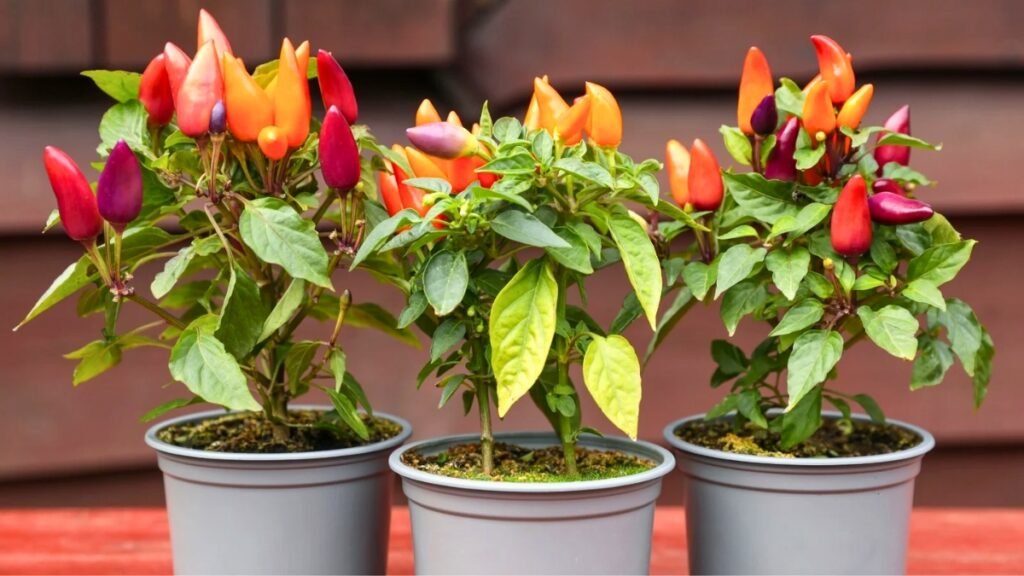
Tips for Year-Round Harvesting
- Succession Planting: To ensure a continuous harvest, stagger your planting schedule by starting new seeds every few weeks. This method works well for both indoor and outdoor growing.
- Pruning: Regular pruning of the plant helps promote better airflow and encourages the development of more fruit. Remove any dead or yellowing leaves and pinch off any flowers that form too early in the growing season.
- Pollination: If you’re growing bell peppers indoors, you’ll need to help with pollination. You can do this by gently shaking the plant or using a small paintbrush to transfer pollen from one flower to another. Outdoor plants usually rely on bees and other pollinators.
- Support: As bell peppers grow, their branches can become heavy with fruit. Provide support by staking or using plant cages to prevent the plants from toppling over.
- Harvesting before frost: If you’re growing bell peppers outdoors and a frost is approaching, harvest all peppers, even the green ones. Green peppers can ripen off the plant indoors if placed in a warm, sunny location.
Conclusion
With a little planning and the right conditions, you can enjoy fresh bell peppers year-round, whether you’re growing them indoors or outdoors. By following the tips outlined in this guide, you can create a continuous cycle of growth, harvest, and replanting that will provide you with a steady supply of this delicious vegetable. Whether you’re looking to add some color to your kitchen or enjoy the fruits of your labor in home-cooked meals, growing bell peppers year-round is both rewarding and achievable.


